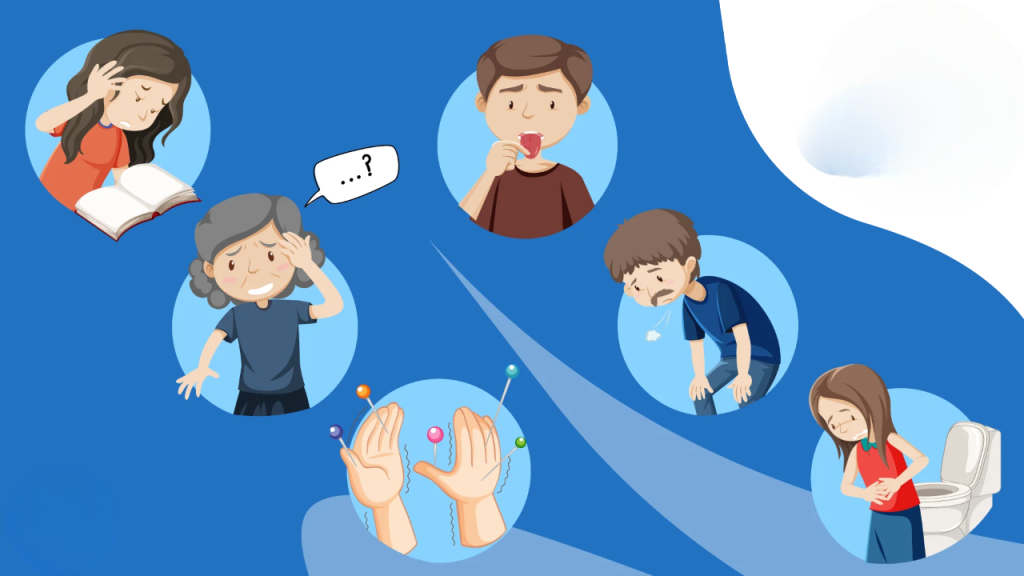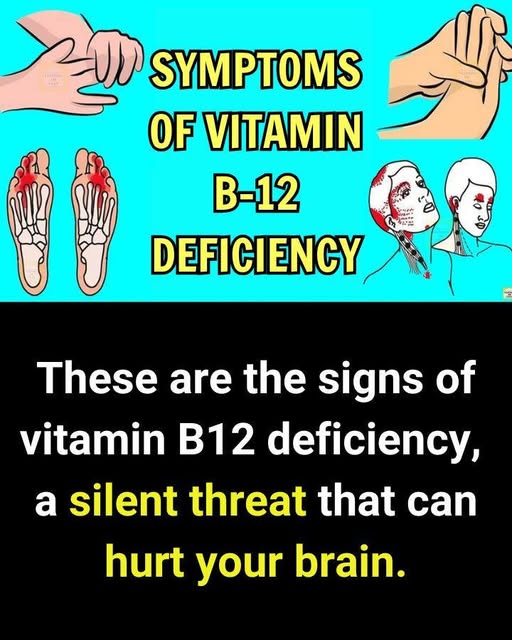Vitamin B12, also known as cobalamin, is one of the most important vitamins for overall health. It supports red blood cell production, maintains the nervous system, and plays a key role in DNA formation. A deficiency in vitamin B12 can therefore cause serious health problems if not identified and treated.
Symptoms of Vitamin B12 Deficiency
Vitamin B12 deficiency is not always easy to detect. Symptoms may take years to appear and are often mistaken for other conditions. However, recognizing them early is important for prevention and treatment.
People most at risk include:
- Vegans and strict vegetarians
- The elderly
- Pregnant or breastfeeding women
- People with pancreatitis or type 2 diabetes
Main Symptoms of Deficiency

- Anemia
- Cardiovascular problems
- Reduced vision capacity
- Depression and neurological disorders
- Fatigue and exhaustion
- Headaches and difficulty concentrating
- Digestive problems
- Nervousness and irritability
- Pain, numbness, or tingling in the hands, arms, legs, and feet
- Shortness of breath
- Pale or yellowish skin
- Poor memory or confusion
- Muscle weakness
- Loss of appetite and weight loss
- Balance and coordination problems
